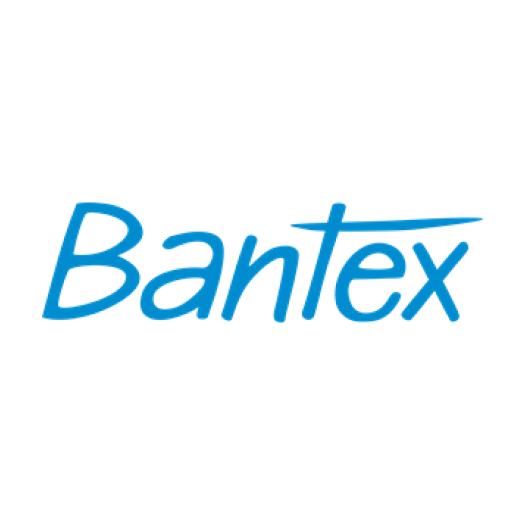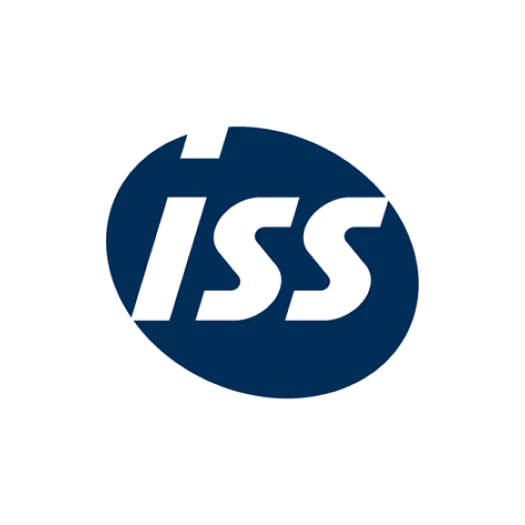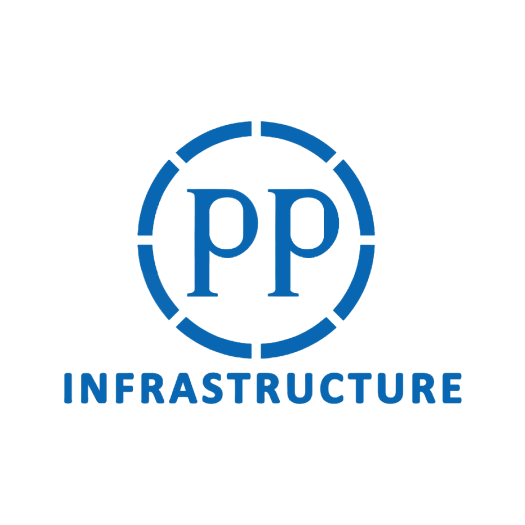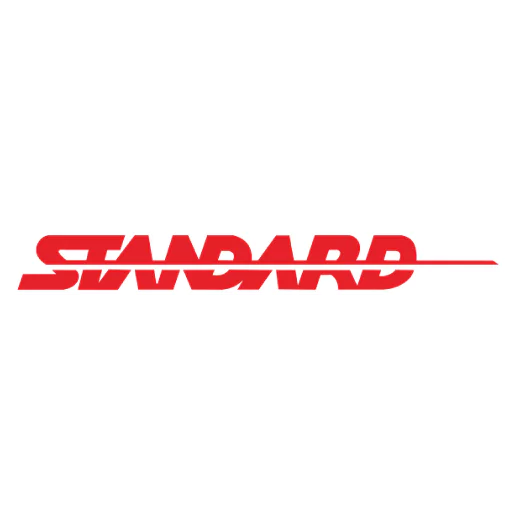Data is one of the most valuable assets a company owns, yet it often sits isolated across departments. Finance, operations, sales, and HR each collect their own information, which makes it difficult to see the full picture.
This separation, in the future, may lead to inconsistent reporting, duplicated entries, and delayed decision-making; issues that grow as the business scales. Without a unified system, teams waste hours reconciling numbers that should already match.
That’s where ERP data comes in. It integrates every business process into a single, reliable framework that keeps information accurate, connected, and accessible. Curious how it works and why it matters? You can try our free demo, and keep reading this article!
Key Takeaways
|
What Is ERP Data?
ERP data refers to the structured information captured and managed within an enterprise resource planning system. It includes everything from financial transactions, procurement orders, stock levels, and production records to HR files, supply chain activities, and customer data.
Also, key customer details like contact info, order history, product specifications, pricing, discounts, and payment habits must be handled securely and confidentially.
In many businesses, essential data ends up scattered across separate line-of-business applications such as CRM, logistics tools, or engineering systems. These tools are often licensed per department, making data access limited or fragmented without extra integration.
Key Aspects of ERP Data
Below are several key aspects of what comprises ERP data:
- Matching and Linking: Helps connect data from different sources, remove duplicates, and keep information accurate and consistent.
- Data Visualization: Makes it easy to turn raw numbers into clear charts, dashboards, and graphs that actually tell a story.
- Analytics and Reporting: Goes beyond standard dashboards by offering flexible analysis and on-the-spot reporting tailored to what you need.
- Data Localization: Adapts to different languages, currencies, and local rules so businesses can run smoothly across regions.
- Metadata Management: Keeps track of what each piece of data means, where it comes from, and how it changes over time.
- Data Enrichment: Pulls in outside data sources to add more depth, context, and value to existing business information.
Benefits of an Integrated ERP Data
A modern ERP data system keeps everyone on the same page. Cloud-based ERPs also support multiple languages, currencies, and compliance standards.
More importantly, they offer the data privacy and security needed to share information safely with distributors, dealers, and other trusted partners. Here’s what a connected, cloud ERP data typically provides:
- Centralized data access: One source of truth for financials, inventory, customer history, and project status.
- Real-time dashboards: Alerts, transactions, and reports accessible anytime, from any device.
- AI and machine learning tools: Automate repetitive tasks, improve accuracy, and uncover opportunities faster.
- Localization support: Manage operations across regions while meeting local rules and reporting needs.
And when everything’s connected, work just flows better. Sales doesn’t have to wait on finance for updates. Customer service knows the full story before a client even calls. Everyone sees the same truth, right when they need it.
Where is ERP Data Stored?
ERP data is stored within databases whose location and configuration depend on the system’s architecture and deployment model.
- In on-premises ERP systems, the data resides in databases hosted on company-owned servers or data centers. These environments are maintained internally and managed by the organization’s IT infrastructure team.
- For cloud-based ERP systems, the data is contained within databases managed by the ERP data provider or an authorized hosting service. These databases operate within remote data centers and are accessible through secure network connections.
- Hybrid ERP systems distribute data storage between on-premises servers and cloud environments. This configuration allows specific data sets to remain within internal infrastructure while others are stored in external environments.
- ERP solutions may use relational or non-relational database technologies, depending on the system’s design and the type of data being processed.
In addition, backup and disaster recovery mechanisms are implemented to replicate data across locations or storage media to ensure continuity and consistency of stored information.
Best Practices of Maintaining ERP Data
Maintain ERP data accuracy, consistency, and accessibility by following these key practices and procedures:
- Data Migration Management: The process of transferring data into an ERP environment requires thorough planning, testing, and verification. Conduct migration trials in a controlled setup before the production phase, and validate the imported data to ensure alignment with the original source.
- Data Quality Control: Establish continuous data cleansing and validation routines to maintain uniform quality standards. Regularly monitor data for inconsistencies or irregularities, and configure automated alerts to detect and flag potential quality issues.
- Context-Based Data Classification: Organize information by business context—such as customer, product, or sales categories—to improve structure and traceability. Implement a consistent taxonomy or data hierarchy to standardize classification and retrieval.
- System Integration: Facilitate efficient data exchange between ERP modules and external systems using standardized data formats and APIs. Enable synchronization and real-time data updates when required to maintain consistency across platforms.
- Data Monitoring and Reporting: Deploy monitoring utilities and analytical dashboards to oversee ERP data performance and integrity. Generate periodic reports detailing data quality metrics, utilization, and compliance for internal review.
- Data Retention Management: Define and enforce data retention schedules according to organizational policies and regulatory obligations. Archive legacy or inactive data in secure storage for future auditing or reporting purposes.
Optimize ERP Data Management with HashMicro
Efficient data management requires a system that keeps everything accurate, connected, and secure. HashMicro ERP offers an integrated platform that consolidates financial, operational, and customer data within a single environment.
Whether deployed on-premises or in the cloud, HashMicro offers flexible data architecture, robust security protocols, and automatic backup systems to safeguard critical information. It is an ideal solution for businesses that require strict control and scalability in managing enterprise-wide data.
Key capabilities include:
- Centralized Database: Unified access to all business data in real time.
- Seamless Integration: Smooth data flow between modules and external systems.
- Automated Data Validation: Detects and corrects inconsistencies automatically.
- Advanced Analytics: Real-time dashboards and data insights for better monitoring.
- Secure Cloud Architecture: Protected storage with multi-layered data encryption.
- Flexible Deployment: Available for both on-premises and cloud environments.
Conclusion
ERP data serves as the foundation of modern business operations, uniting financial, operational, and customer information efficiently. It ensures every department accesses consistent, accurate, and real-time data for smarter, faster decision-making.
With HashMicro ERP Software, managing enterprise data becomes easier, faster, and far more reliable than manual systems. Its integrated platform keeps your business information connected, organized, and secure. No more scattered spreadsheets or duplicated records.
Experience how seamless data management can transform your operations and decision-making with HashMicro ERP Software. Get your free demo today and see how a truly connected system simplifies the way you work!




